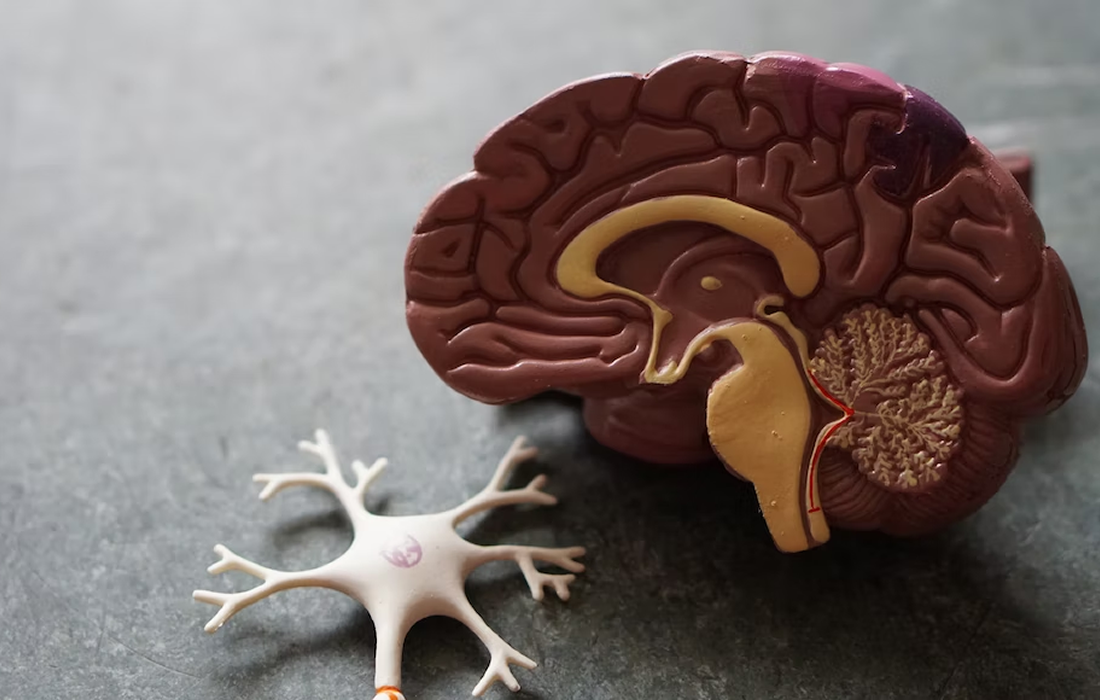Regenerative Medicine News and General Information
A Gene Mutation Associated With Parkinson’s
A gene mutation associated with Parkinson’s disease interrupts brain cells’ normal process for disposing of degraded proteins, according to a recent study. The result is a buildup of debris in synapses that may cause Parkinson’s symptoms.
In a study of Drosophila, fruit flies, researchers demonstrated that the release of calcium in neurons triggers autophagy — cell house-cleaning — and that the gene mutation inhibits this release.
Abnormal clumps of proteins called Lewy bodies, consisting primarily of clumps of the protein alpha-synucleinTrusted Source, are found in the synapses of people with Parkinson’s disease. Alpha-synuclein is normally involved in the cross-talk between brain cells. However, as misfolded alpha-synuclein proteins clump together, they kill neurons, leaving dead brain cells in their wake.
In its advanced stages, critical dopamine-producing neurons in the brain’s basal ganglia die. This brain region controls movement.
Most people diagnosed with Parkinson’s are over age 60, though about 5% may develop the disease earlier. It is not entirely clear the degree to which the disease may be inherited.
It’s important to note that the condition affects people differently — some may experience more severe symptoms such as losing all mobility, while others may continue to experience mild symptoms.
There is no cure for Parkinson’s disease, but treatment options such as medications, deep brain stimulation (DBS), and therapies, can help ease the symptoms.
The researchers found that in Drosophila, an influx of calcium at brain synapses was the initial indirect initiator of autophagy.
They also determined that such synaptic calcium surges can be triggered by neuronal activity, or by starving cells of amino acids.
The study next demonstrated that the link between calcium and autophagy is a Parkinson’s-associated mutation in the protein Endophilin-A, abbreviated as “EndoA.”
EndoA is part of the endolysosomalTrusted Source system that other studies implicate as a potential early pathomechanismTrusted Source leading to alpha-synuclein clumps and Parkinson’s.
The calcium influx normally makes EndoA more flexible, making it available for the formation of the autophagosomes that drive autophagy.
The study found, however, that with the Parkinson’s-related mutation, the influx of calcium causes EndoA to stiffen, and this rigidity blocks the formation of autophagosomes, and therefore autophagy.
The new study is thus unique in two ways: its focus on autophagy specifically at synaptic terminals, and its demonstration that the Parkinson’s-related gene mutation blocks its initiation. Together, these insights advance the understanding of how the disease works.
Sources:
Adekunle T. Bademosi, Marianna Decet, Sabine Kuenen et al. (February 2023). EndophilinA-dependent coupling between activity-induced calcium influx and synaptic autophagy is disrupted by a Parkinson-risk mutation. Neuron. DOI:https://doi.org/10.1016/j.neuron.2023.02.001
Image from:https://unsplash.com/photos/IHfOpAzzjHM

